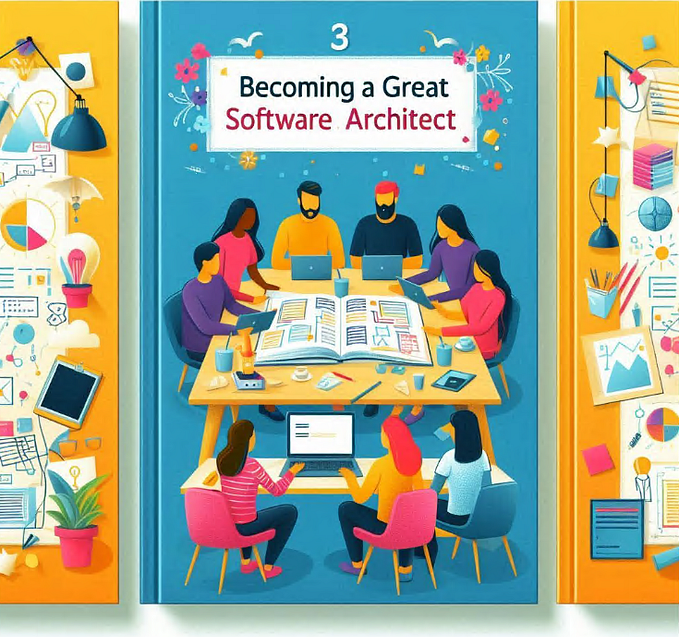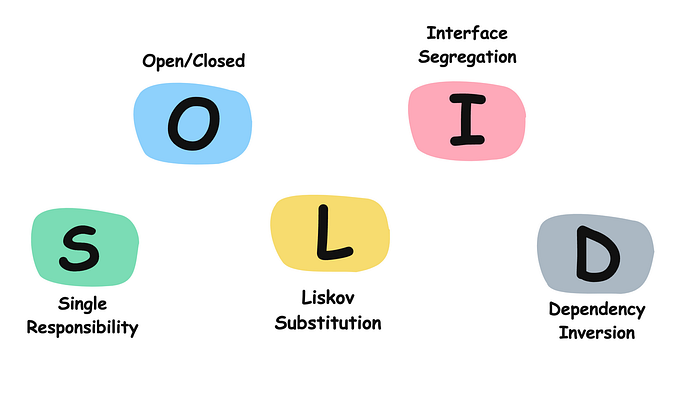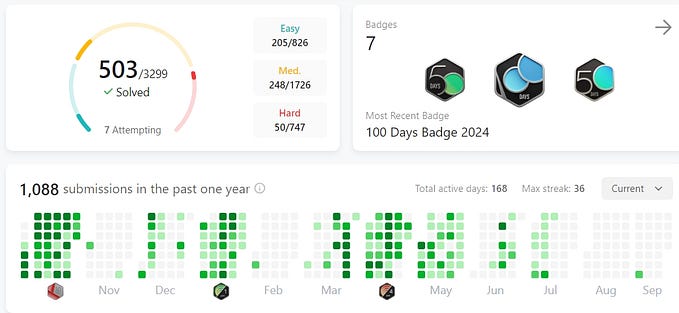9 Technologies Every Personal Project Should Have — For a Junior Developer
Enrich your resume with some interesting projects and make sure you take into account these 9 important aspects.
Firstly, you can show off your programming skills and drag the technical interview to a known ground. For example, the interviewer might ask you about the tools and technologies that you have used and the reasoning behind your choices.
Secondly, many companies will give you a technical assignment to solve, as part of their interview process. Therefore, some practice with the commonly used frameworks, libraries, and tools will come in handy.
We’ve already discussed some general ideas you may want to consider when starting a personal project. In this article, we’ll focus on the technical aspects.
1. Language Specific Framework
Try using a popular framework. For instance, if you are coding in Java, stick with SpringBoot for your personal projects.
These frameworks are in demand, they will make things easier and you’ll find plenty of documentation and examples.
2. Web Application
A web application will have a higher impact on the interviewer.
Read about the best practices for a REST API and try to apply them.
Try to learn about the path, the various types of parameters, and headers.
3. Database
Try to use a database rather than file or memory storage.
There are different types of databases, be aware of your choice: the interviewer might ask you what was your reasoning.
4. Configuration and Logging
Don’t use hardcoded values inside your application. Try moving them to configuration files.
Add some logging into the key areas of your service. The interviewer will look for these two and they are easy to add!
5. Clean Code
Read about design patterns and try to use one or two if you find the proper place for them (but don’t force it).
Also, read some articles about O.O.P. and S.O.L.I.D. principles and check if you respect them.
6. Tests
Try adding a couple of unit-test. This will prove that you know what they are and that your code is decoupled and testable.
Don’t try to cover everything with tests and don’t be discouraged if you don’t have big test coverage.
Using some mocking library or an in-memory database in some of the tests would be a plus.
7. UI
If you will have a web page, try to keep it simple. If you are looking for a Java position, the main focus should be on the backend.
Perhaps you can use just Html, Bootstrap, and plain JavaScript and avoid the more complex JavaScript frameworks.
On the other hand, if you only have a backend service, you will need some other way of presenting your data.
One option would be OpenAPI/SwaggerUI. Another idea is to provide a Postman or Insomnia project that can be easily imported and used as a client.
8. Third-party API
Integrate your app with a 3rd party API.
Do you like running or cycling? Check out the Strava API — it will allow you to retrieve and process your recent activities.
There is a lot of free APIs that you can use, you can find a list here. If you have never used an external API before, try using those with no authentication.
9. Security
It can be used either for your own endpoints or for integrating with 3rd parties.
It can be something simple such as Basic Authentication or you can use OAuth and an identity provider.
More content at PlainEnglish.io. Sign up for our free weekly newsletter. Follow us on Twitter, LinkedIn, YouTube, and Discord. Interested in Growth Hacking? Check out Circuit.










